
I have recently talked a lot about great writing in modern media, using Mad Men and Battlestar Galactica as examples. Today I want to look at one of the core aspects of those articles – Character – but I want to do so in light of my last post – a discussion on the impacts of technology and business on entertainment.
Building characters is meant literally. Characters are not static, they are a culmination – constructed from the ground up. It is not until after completion that one can stand back and view a character in its entirety. An audience can spend hours with a character and still not fully understand them – events can occur that drastically alter our perceptions. This is why long running television series can contain some of the deepest, most well written characters around. The more time an audience has to spend with characters the easier it becomes for writers to make them interesting and complex. For that same reason I believe some of the most interesting characters I have seen in film have been in rather long features whose scripts focused almost entirely on the development of a singular character – often at the expense of other characters.
 A film that comes to mind is the Eric Roth penned The Good Shepherd. While not a particularly well received film. The Good Shepherd is an excellent character study. Clocking in at just a little under three hours the film gives an audiences an extended view into the life of a singular character. Other characters in the film generally serve only to move the plot ahead or to have an impact on the main character, Edward Wilson, who is played rather stoically by Matt Damon. Throughout the film Damon’s character is given the opportunity to choose between himself or his duty, and continually he chooses to do his duty rather than what he would like personally. His ability to make these rather selfless decisions lead to his ever increasing status and influence, but at the same time they raise the stakes of the obligations he feels he has made. As his life moves forward the personal sacrifices he chooses to make become greater and greater, culminating in what I consider one of the more satisfying conclusions in recent films.
A film that comes to mind is the Eric Roth penned The Good Shepherd. While not a particularly well received film. The Good Shepherd is an excellent character study. Clocking in at just a little under three hours the film gives an audiences an extended view into the life of a singular character. Other characters in the film generally serve only to move the plot ahead or to have an impact on the main character, Edward Wilson, who is played rather stoically by Matt Damon. Throughout the film Damon’s character is given the opportunity to choose between himself or his duty, and continually he chooses to do his duty rather than what he would like personally. His ability to make these rather selfless decisions lead to his ever increasing status and influence, but at the same time they raise the stakes of the obligations he feels he has made. As his life moves forward the personal sacrifices he chooses to make become greater and greater, culminating in what I consider one of the more satisfying conclusions in recent films.
 The Good Shepherd builds character through hours of focusing on a single characters’ decision making, and the film uses the ever increasing stakes to inform the audience with increasingly significant information on the character. Obviously this is not the only way to build character. One of my favorite examples of character building is the character of ‘Ziggy’ in season two of The Wire. This is something that The Wire did consistently well with many of its characters, but I loved Zig in particular because of the way the show used him as comic relief for most of the season – from him picking fights with guys twice his size, to buying a diamond collar for his pet duck. Ziggy is a clown, he makes people laugh, but as time goes on it becomes clear that that is all people see him as. No one takes him seriously, his antics are a cry for attention from his absentee father who only sees him as a pain in the ass. Ziggy’s transformation from comic relief to being the emotional core of the season is character building at its finest. One block at a time, scene by scene, show by show.
The Good Shepherd builds character through hours of focusing on a single characters’ decision making, and the film uses the ever increasing stakes to inform the audience with increasingly significant information on the character. Obviously this is not the only way to build character. One of my favorite examples of character building is the character of ‘Ziggy’ in season two of The Wire. This is something that The Wire did consistently well with many of its characters, but I loved Zig in particular because of the way the show used him as comic relief for most of the season – from him picking fights with guys twice his size, to buying a diamond collar for his pet duck. Ziggy is a clown, he makes people laugh, but as time goes on it becomes clear that that is all people see him as. No one takes him seriously, his antics are a cry for attention from his absentee father who only sees him as a pain in the ass. Ziggy’s transformation from comic relief to being the emotional core of the season is character building at its finest. One block at a time, scene by scene, show by show.
With all this in mind, how the heck do you write great stories for new media? It would seem that traditional mediums have relied exclusively on having enough time to tell their story. With the rise of the youtube video and mobile viewing the amount of time people are willing to spend on your content is becoming shorter and shorter. If you have ever sat down and written a short story or created a short film – or even read or watched one – you will know how difficult it is to tell a story and create rich characters under such constraints. While there will always be traditional story telling in movies and books and on television the format of the web is where the growth lies. So far the bulk of the content I have discovered online has been focused on selecting pieces of the old guard and putting them online. In other words there are a bunch of shorts that fit into a handful of more traditional archetypes, such as ‘the action scene,’ ‘the bad joke,’ and the ‘on the nose narration.’ So far I have come up with three ideas for circumventing this problem.
First I would love it if you watched the short film above. The film is only around 6 minutes long, has limited plot and a simplistic character yet the film is powerful and affecting. The reason is theme. The film is short but it is stuffed with deeply human ideas that resonate within its audience. By using symbols and focusing on a single idea a filmmaker can harness a lifetime of cultural experience that an audience brings with them into a viewing. For many people a film is seen as a self contained work – something that exists in a vacuum, but they are not. A film is a socio-cultural event and everyone who takes part in it brings with them a lifetime of back story. Learning to access that back story can allow a filmmaker to affect their audience in even their most brief exhibitions.
Earlier I mentioned how long running television has become an ideal format for developing great characters. While the web is focused on short content there is no reason that a web series cannot delve deep into characters. The formatting may be different but the web allows creators to go back to characters again and again. If anything, while we have not seen it yet, the web could usher in a new golden age of great character focused story telling.
Lastly I think it is important to discuss the nature of new media. Today there are no longer ‘filmmakers’ or ‘screenwriters’ in the traditional sense. It’s not that those jobs do not exist, it is that for those not yet ‘in’ those jobs the web is the only way to go. The great thing about online content is that it is nondenominational, it is not format exclusive. The web can play video, display text, and interact with the user. The web allows for the ultimate form of expression in virtually any format an artist chooses. When I look at storytelling and the web in that light it becomes clear that the prevailing way for telling stories has not yet been completely developed.

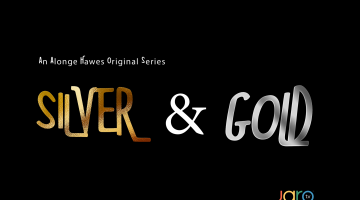

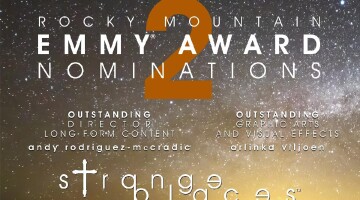

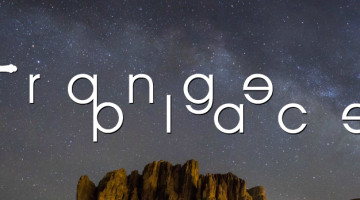

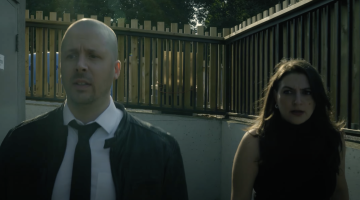
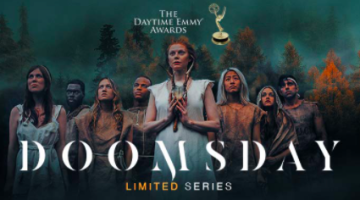
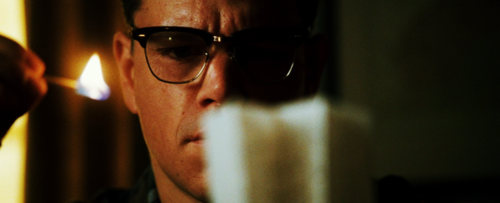
No Comment